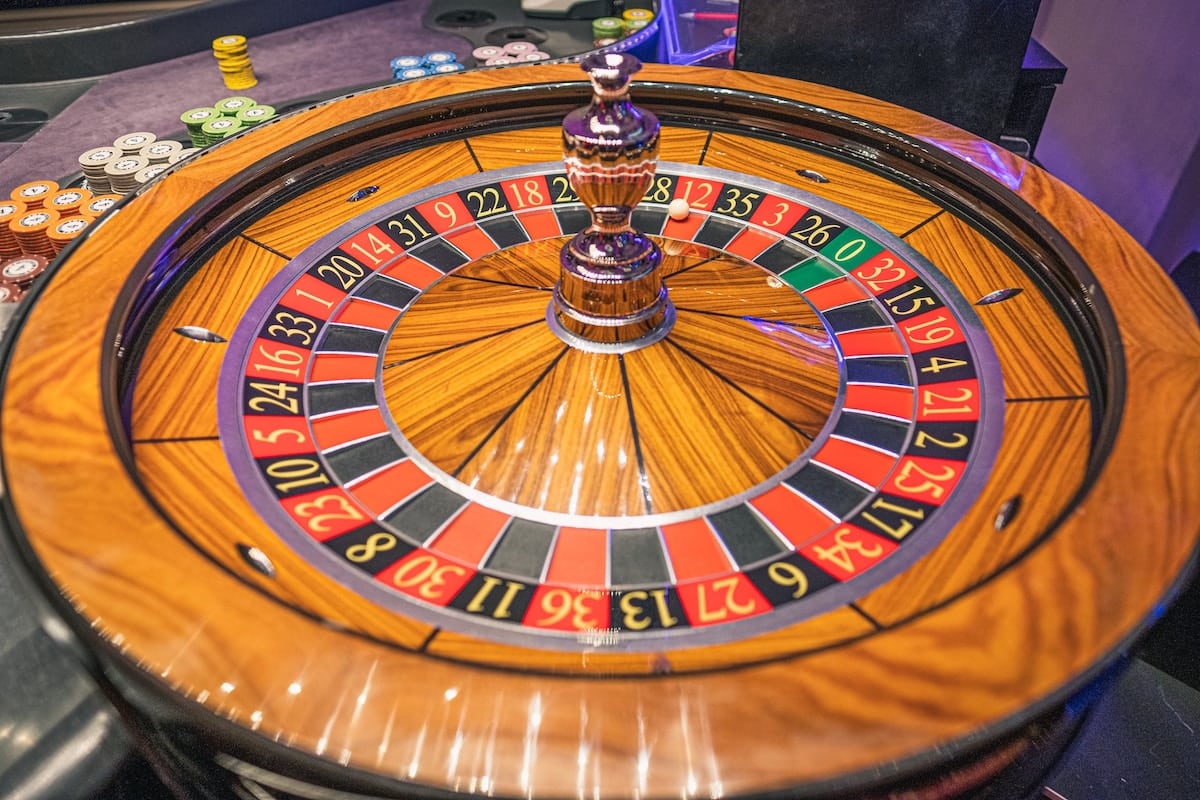Table of Contents
When you first approach a roulette table in a casino or load up a game on an online platform, you might not immediately notice the subtle differences in design and rules that can drastically affect your odds of winning. The game of roulette, though fundamentally the same across different versions, has several distinct variants with the most popular being European, American, and French. We will compare and contrast these three versions, decoding the intricacies of each roulette game.
The Roulette Wheel: A Brief Overview
Before we delve into the specificities, let’s familiarize ourselves with the basic structure of the roulette wheel. The wheel is a circular device with numerous pockets around its edge where the ball can land. These pockets are alternately colored red and black, with one or two green pockets depending on the variant.
European Roulette
The European Roulette wheel features 37 pockets, numbered from 0 to 36. The numbers aren’t ordered sequentially but are arranged so that high and low numbers, as well as even and odd numbers, are evenly distributed. The single green pocket is marked with a 0. The house edge in European Roulette is about 2.7%, meaning that for every $100 wagered, the casino expects to win approximately $2.70. This version of roulette is commonly played in European and Asian casinos, and is a staple in real money roulette games online.
| European Roulette | |
| Number of pockets | 37 |
| Green pockets | 1 |
| House edge | 2.7% |
American Roulette
Contrasting the European version, the American Roulette wheel has 38 pockets: numbers 1-36, 0, and 00. The presence of the additional “00” green pocket is the key difference that increases the house edge to approximately 5.26%. This makes American Roulette less favorable to players from a statistical standpoint. Nevertheless, it is widespread in casinos across North America and is a common choice when playing roulette for real money online.
| American Roulette | |
| Number of pockets | 38 |
| Green pockets | 2 |
| House edge | 5.26% |
French Roulette
French Roulette, like its European counterpart, has 37 pockets. The primary difference lies in the additional betting options and rules that can further decrease the house edge. Two unique rules are “La Partage” and “En Prison”. “La Partage” returns half of the even-money bets to the player if the ball lands on zero. “En Prison” gives the player an option to recover their bet if the ball lands on zero, provided their bet was an even-money one. If the subsequent spin results in a win, the player retrieves their original bet; if not, the bet is lost. These rules reduce the house edge in French Roulette to 1.35% on even-money bets, making it the most player-friendly version.
| French Roulette | |
| Number of pockets | 37 |
| Green pockets | 1 |
| House edge | 2.7% (1.35% for even-money bets) |
Final Comparison
To put it in perspective, here’s an ordered list, from the most to the least favorable to the player, based on the house edge:
- French Roulette (1.35% on even-money bets)
- European Roulette (2.7%)
- American Roulette (5.26%)
While the fundamental concept of roulette remains the same across all versions, the small differences significantly impact your potential winnings. If given a choice, savvy players would opt for French or European Roulette due to the lower house edge.
When choosing a version to play, always consider the specific rules, betting options, and house edge. Whether you’re a seasoned professional or a beginner looking to get your feet wet, understanding these nuances can help improve your strategy and increase your enjoyment of the game. Remember to play responsibly, and enjoy the unique thrill that only comes from the spin of the roulette wheel.


